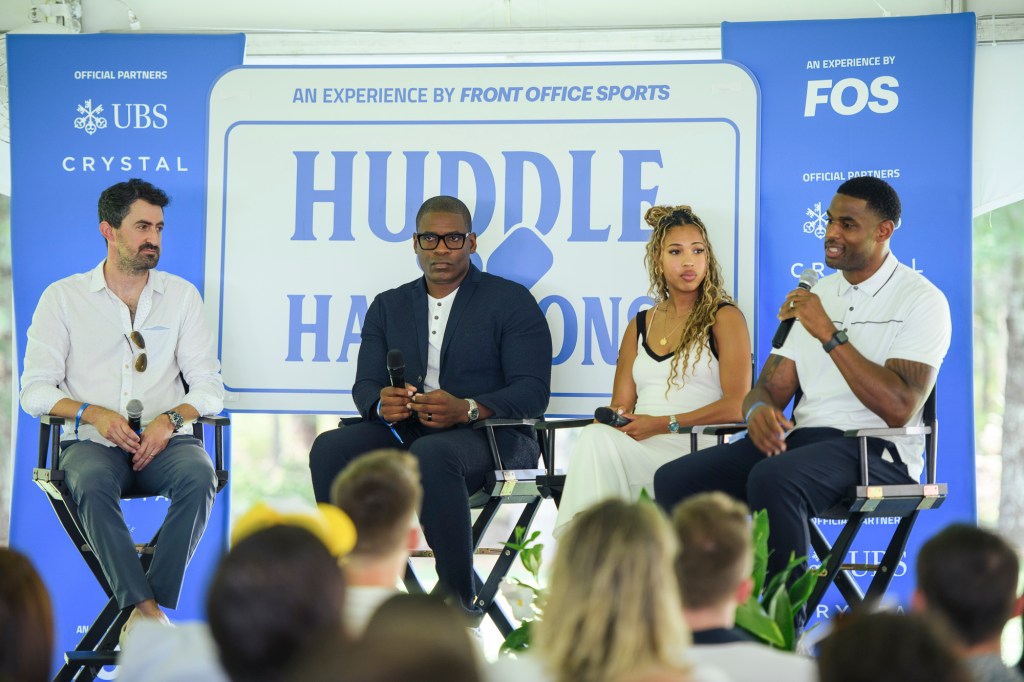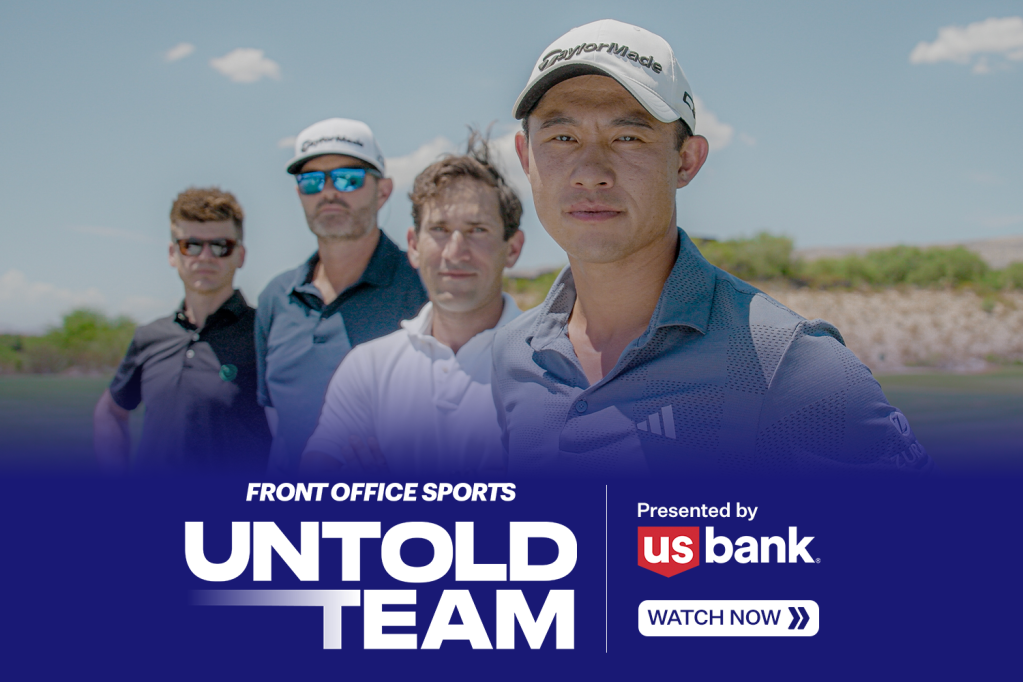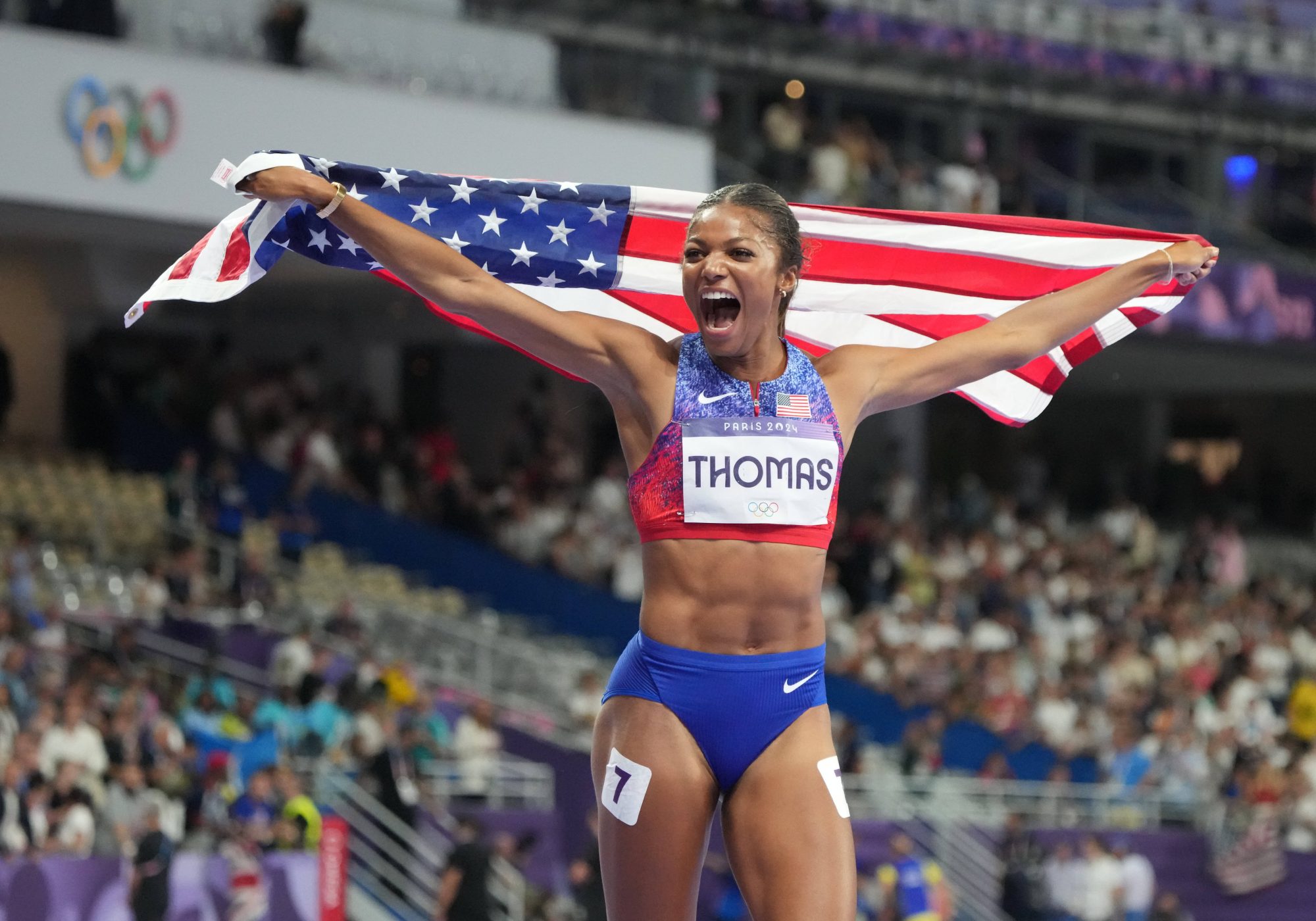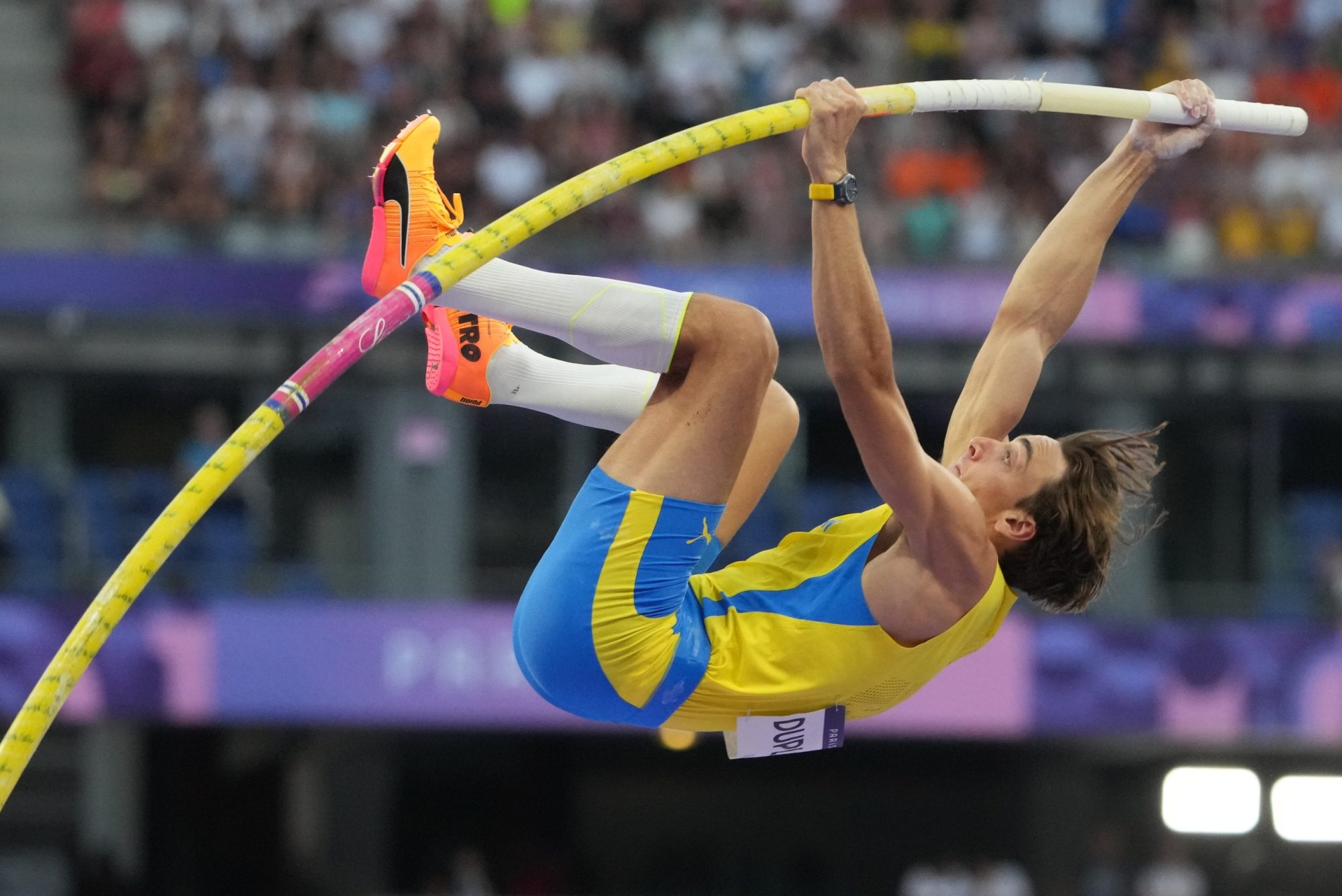Common wisdom dictates there’s no such thing as a sure investment.
So I was surprised to hear Adewale Ogunleye, who played 10 seasons in the NFL and now leads the sports and entertainment division at UBS, say onstage last week at our Huddle in the Hamptons event, “Sports and entertainment is almost a bulletproof industry. No matter the time, the date, the structure, athletes and sports and entertainment will be needed.”
Ogunleye was onstage with me and two other athletes: NFL veteran Marques Colston, who played 10 seasons with the Saints and won a Super Bowl, and Midge Purce, who plays for the 2023 NWSL champion NJ/NY Gotham FC.
All three of them exemplify the latest version of what I call the athlete investor playbook.
The rates at which pro athletes go broke have been well documented and still shock people. At UBS, Ogunleye advises athletes on how to avoid this fate. He told me he’s noticed clients asking questions far earlier in their playing careers than ever before, about serious financial safeguards like estate planning and Roth IRAs. And they’re getting more sophisticated with what they expect from the deals they ink. “Athletes are realizing that they’re more than just athletes,” he said. “I think athletes are understanding that they’re brands, they’re businesses.”
Purce, a member of the USWNT (if she hadn’t torn her ACL in March she would have been in Paris), executive-produced a docuseries about the NWSL in partnership with Alexis Ohanian. She has described The Offseason as “Vanderpump Rules meets Drive to Survive.” It will debut on X/Twitter later this year before it hits any streamer. Her aim with the show, and with her new company of the same name, is loftier than just the obvious one of bringing eyeballs to her league: “Reform the way in which women and sport are marketed and consumed,” she said on our panel, because “I’ve always felt that the NWSL, as well as the way that women’s sports in general is marketed, has been really derivative of men’s sports.”
Colston launched an athlete-focused VC fund in February and is currently staffing up. His investment thesis might not be what you’d assume. “When we typically hear about sports investment, it’s at the Big Five leagues,” he said onstage. “But we know that there are a ton of opportunities that make up the value chain, make up all the companies that make sports what it is, from sports medicine to payment processing to technologies that are fueling performance.”
During lunch at our event, I caught up with Brandon Wimbush and Christian Ponder. Wimbush, a former starting quarterback at Notre Dame and UCF, missed the opening of the NIL (name, image, and likeness) floodgates by one year. He made our Front Office Sports Rising 25 in 2022 for his work as a cofounder of MOGL, a platform that connects college athletes with brands for NIL deals. Ponder, who played four seasons with the Vikings, is focused on The Post, his membership club for former athletes that hosts networking events and business speakers.
These are the kinds of post-career ventures that pique my interest more than megastars racking up yet another endorsement deal. Most athletes aren’t like Shaq, Magic, LeBron, Peyton, Serena, Gronk, or Mahomes, who can appear in a dozen different ads at once. Most athletes have no guarantee of continued income and success after playing.
Seven years ago, I wrote a story at Yahoo Finance about the new playbook for athlete investors. In the old days, athletes put their money into fast food franchises or car dealerships. Then the puck moved to tech investing. I think we’ve arrived at a new chapter again since then: Athletes are putting their money in media, content, and a range of other sectors, not always the obvious ones. When they put their money in, they’re getting equity, or a board seat, or cofounder status, or a coproducer credit—and they’re making these moves far earlier than ever before.
Purce, on a phone chat with me before the Hamptons event, suggested that most athletes now expect their brand partners to engage in content creation and storytelling with them beyond traditional marketing campaigns.
Ogunleye has noted the same progression. “For us as athletes, it’s not just our local community, our local ecosystem, like it was in the past, like your mom may have wanted you to open up a salon or an uncle wanted you to open up a gas station or a laundromat,” he said. “Now you’re seeing these corporations and these funds coming at these athletes because they see the capital. … These corporations look at these athletes as guaranteed money that’s going to continue to flow.”
Of course, no business sector is “guaranteed” forever.





